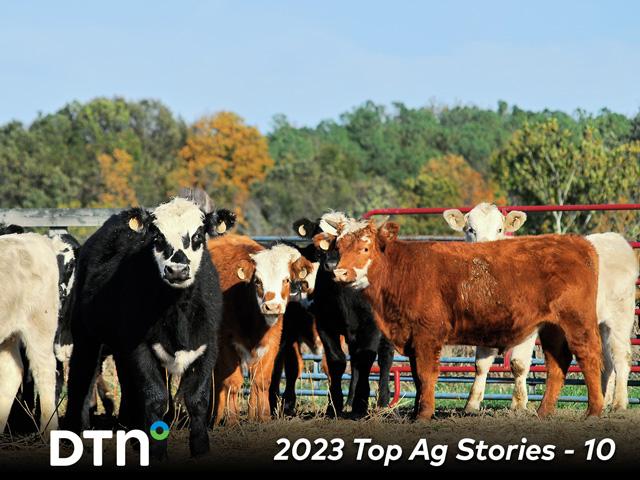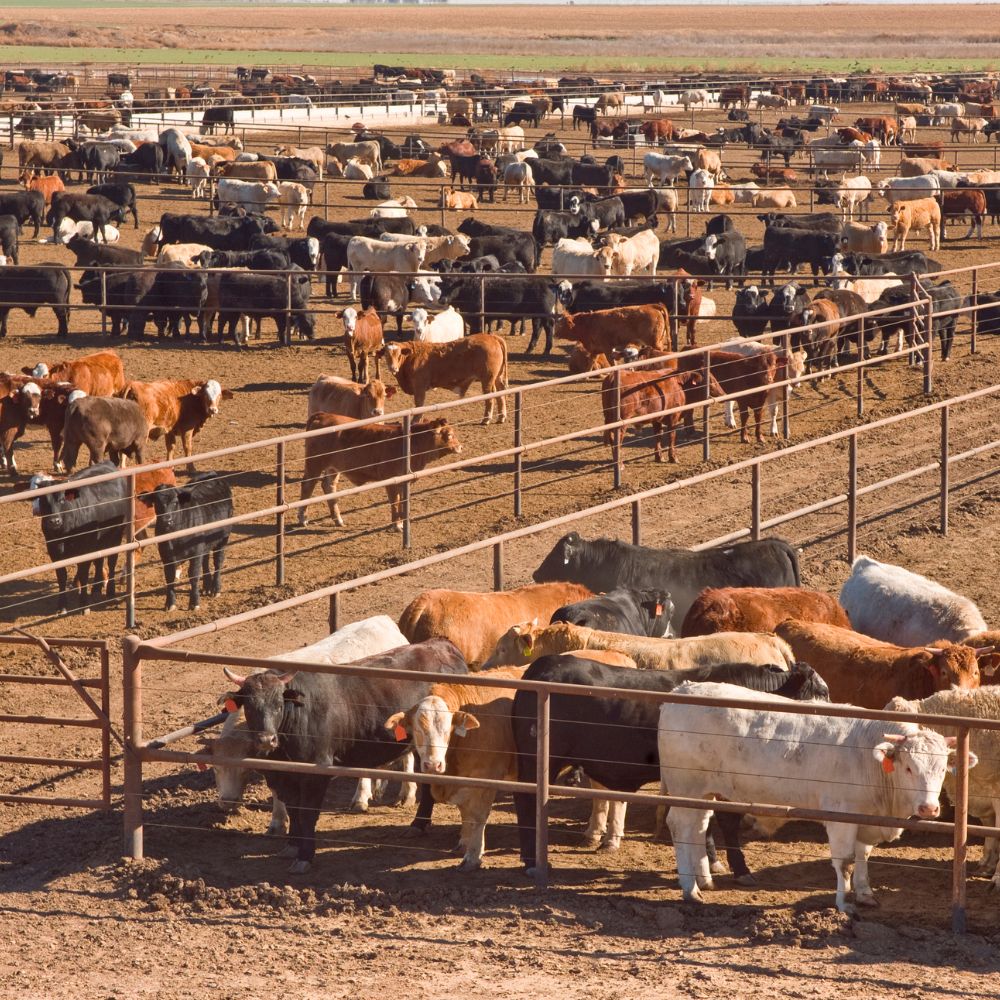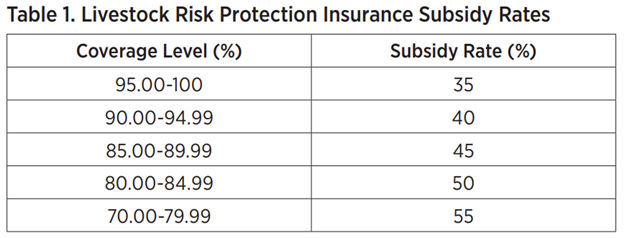Professional Guidance: Bagley Risk Management Approaches
Professional Guidance: Bagley Risk Management Approaches
Blog Article
Understanding Livestock Risk Security (LRP) Insurance Coverage: A Comprehensive Guide
Navigating the realm of livestock risk defense (LRP) insurance policy can be a complex undertaking for lots of in the agricultural field. This kind of insurance supplies a security net versus market variations and unpredicted scenarios that could influence animals producers. By comprehending the intricacies of LRP insurance coverage, producers can make educated choices that may protect their procedures from financial risks. From just how LRP insurance works to the numerous coverage choices readily available, there is much to uncover in this extensive overview that can possibly shape the way livestock manufacturers approach risk administration in their services.

Just How LRP Insurance Coverage Functions
Sometimes, recognizing the technicians of Animals Threat Protection (LRP) insurance coverage can be complicated, however damaging down just how it functions can give clarity for breeders and farmers. LRP insurance coverage is a threat monitoring device created to shield animals manufacturers versus unanticipated rate decreases. It's essential to note that LRP insurance policy is not an earnings guarantee; instead, it focuses solely on rate danger defense.
Qualification and Coverage Options

When it comes to coverage options, LRP insurance policy uses manufacturers the adaptability to choose the insurance coverage degree, protection period, and endorsements that finest fit their risk management requirements. By recognizing the qualification criteria and protection options available, animals manufacturers can make enlightened choices to handle risk successfully.
Pros and Cons of LRP Insurance Policy
When examining Animals Risk Protection (LRP) insurance, it is vital for livestock producers to weigh the downsides and advantages fundamental in this threat monitoring device.

One of the main advantages of LRP insurance is its ability to offer defense versus a decrease in animals rates. Additionally, LRP insurance policy offers a level of adaptability, permitting manufacturers to tailor insurance coverage degrees and plan periods to suit their particular requirements.
One limitation of LRP insurance coverage is that it does not secure against all kinds of dangers, such as illness outbreaks or all-natural disasters. It is essential for manufacturers to very carefully analyze their specific risk direct exposure and monetary circumstance to identify if LRP insurance is the ideal threat monitoring tool for their operation.
Recognizing LRP Insurance Coverage Premiums

Tips for Taking Full Advantage Of LRP Perks
Taking full advantage of the advantages of Animals Danger Defense (LRP) insurance coverage requires critical preparation and proactive risk monitoring - Bagley Risk Management. To take advantage of your LRP protection, think about the following suggestions:
Regularly Evaluate Market Problems: Keep informed about market trends and cost changes in the animals market. By checking these elements, you can make educated decisions concerning when to acquire LRP insurance coverage to shield versus possible losses.
Establish Realistic Insurance Coverage Degrees: When picking coverage degrees, consider your manufacturing prices, market worth of livestock, and prospective threats - Bagley Risk Management. Establishing realistic coverage degrees makes certain that you are appropriately shielded without paying too much for unnecessary insurance policy
Diversify Your Coverage: Rather than depending only on LRP insurance, take into consideration diversifying your threat administration techniques. Integrating LRP with other danger management devices such as futures agreements or choices can supply extensive protection versus market uncertainties.
Testimonial and Change Protection On a regular basis: As market conditions change, regularly examine your LRP protection to guarantee it lines up with your existing danger exposure. Changing coverage degrees and timing of purchases can aid optimize your risk protection approach. By complying with these tips, you can make the most of the find here advantages of LRP insurance policy and guard your livestock procedure against unexpected risks.
Final Thought
Finally, livestock danger security (LRP) insurance coverage is a beneficial tool for farmers to handle the monetary threats related to their livestock operations. By recognizing just how LRP works, qualification and protection alternatives, along with the pros and disadvantages of this insurance coverage, farmers can make enlightened decisions to shield their incomes. By thoroughly considering LRP premiums and carrying out approaches to maximize benefits, farmers can minimize prospective losses and make certain the sustainability of their operations.
Livestock producers interested in obtaining Animals Threat Defense (LRP) insurance can check out a range of eligibility requirements and insurance coverage choices customized to their particular livestock procedures.When it comes to coverage alternatives, LRP insurance provides producers the versatility to choose the protection degree, insurance coverage period, and endorsements that ideal see this here match their danger administration demands.To grasp the details of Animals Risk Security (LRP) insurance coverage completely, understanding the elements influencing LRP insurance costs is important. LRP insurance coverage premiums are determined by different elements, consisting of the protection degree selected, the expected price of animals at the end of the protection period, the kind of animals being insured, and the length of the insurance coverage period.Review and Change Protection On a regular basis: As market conditions alter, occasionally examine your LRP coverage to guarantee it lines up with your present risk direct exposure.
Report this page